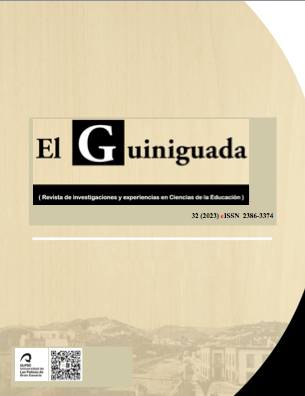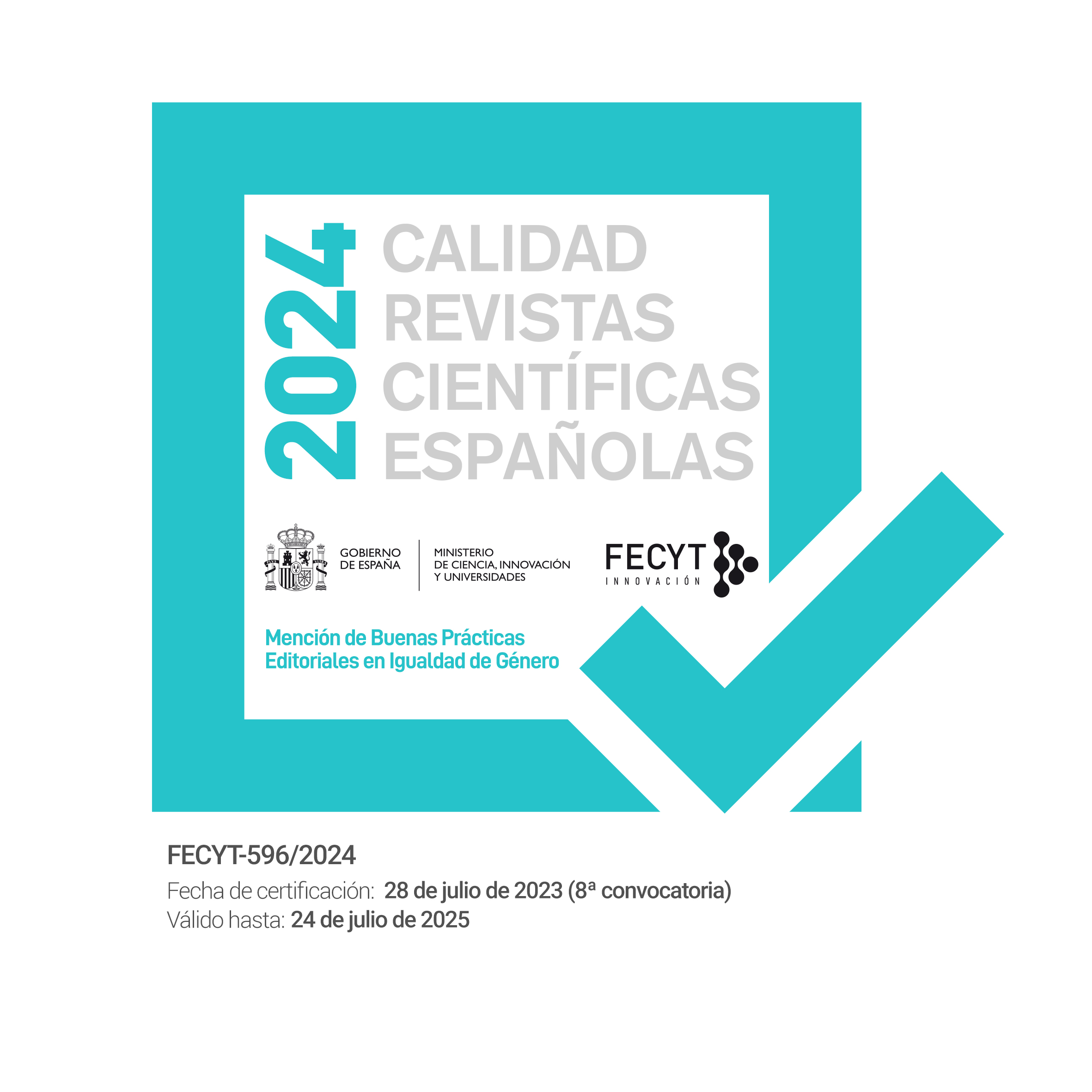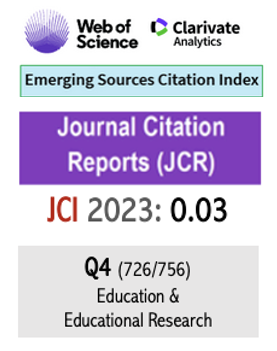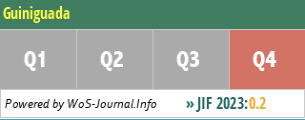Female characters transformation into experimental poetry
doi.org/10.20420/ElGuiniguada.2022.510
Keywords:
poetry, children's and youth literature, feminismAbstract
This proposal is part of the research on the learning possibilities offered by creativity in literary education of teachers in training. It is an experience of innovation in which the students had to start from the analysis of a female character of the LIJ and the postulates of didactics of the literature studied, to transform the character into experimental poetry and accompany it with a didactic proposal for a determined educational context. Throughout the creative process they reflected on different social and philosophical issues, among which gender issues played a prominent role. From the triangulation of the qualitative data collected, it was possible to verify the beneficial relationship between creation and critical thinking in a context of literary education, as well as to observe how the female characters promoted reflection on gender equality, femininity and feminism.
Downloads
References
Bordons, G.; & Cavalli, D. (2012). Mecanismes de Percepció de la Poesia Visual: Brossa i Viladot, 1970. Catalan Review, 26, 85-106. https://doi.org/10.3828/CATR.26.1.85
Burset, S.; Calderón, D.; Gustems, J. (2016) Proyectos artísticos interdisciplinares. La creación al servicio del bienestar. Edicions Universitat de Barcelona.
Colomer, T. (2010). Introducción a la literatura infantil y juvenil actual. Síntesis.
Colomer, T. & Olid, I. (2009). Princesitas con tatuajes: las nuevas caras del sexismo en la ficción juvenil. Textos de didáctica de la lengua y la literatura, 51, 55-67. https://www.gretel.cat/wp-content/uploads/2016/01/Princesitas.pdf
Contreras Barceló, E. (2020). La educación literaria a la luz de los movimientos feministas. Algunas propuestas de lectura para niños y niñas de Educación Primaria. Via Atlântica, 38, 40-62. https://doi.org/10.11606/va.i38.154524
Contreras Barceló, E. & Torrents Sunyol, J. (2020). Reciclant Brossa: una experiència didàctica de poesia experimental en la formació inicial de mestres. Bellaterra Journal of Teaching & Learning Language & Literature, 13(1), 23-42. https://doi.org/10.5565/rev/jtl3.802
Cropley, A. J. (2011). Definitions of creativity. En M. A. Runco & S. R. Pritzker (eds.). Encyclopedia of creativity (pp. 511-524). Academic Press.
De Beauvoir, S. ([1949]2018). El segundo sexo. Ediciones Cátedra - Universidad de Valencia.
Díaz-Plaja, A. (2011). Escrito y leído en femenino: novelas para niñas. Ediciones de la Universidad de Castilla-La Mancha.
Lluch, G. (2018). La lectura entre el paper i les pantalles. Eumo Editorial.
Olid, I. (2008). Entre nois i noies: la força dels estereotips. La nova chick lit per a adolescents. En T. Colomer (Coord.) Lectures adolescents (pp. 167-182). Editorial Graó.
Padget, S. (2012). Creativity and critical thinking. Routledge Publisher.
Pagès, A. (2018). Cenar con Diotima. Herder Editorial.
Piaget, J. (1969). Psicología y pedagogía. Ariel.
Sandín, M.P. (2003) Investigación cualitativa en educación: fundamentos y tradiciones. McGraw-Hill.
Published
How to Cite
Issue
Section
License
Authors who publish with this journal agree to the following terms:
- Authors retain copyright and grant the journal right of first publication with the work simultaneously licensed under a Creative Commons Attribution License that allows others to share the work with an acknowledgement of the work's authorship and initial publication in this journal. You can not make a commercial use of the work. The use derived from the work is also not allowed.
- Authors are able to enter into separate, additional contractual arrangements for the non-exclusive distribution of the journal's published version of the work (e.g., post it to an institutional repository or publish it in a book), with an acknowledgement of its initial publication in this journal.
- Authors are permitted and encouraged to post their work online (e.g., in institutional repositories or on their website) prior to and during the submission process, as it can lead to productive exchanges, as well as earlier and greater citation of published work (See The Effect of Open Access).
















